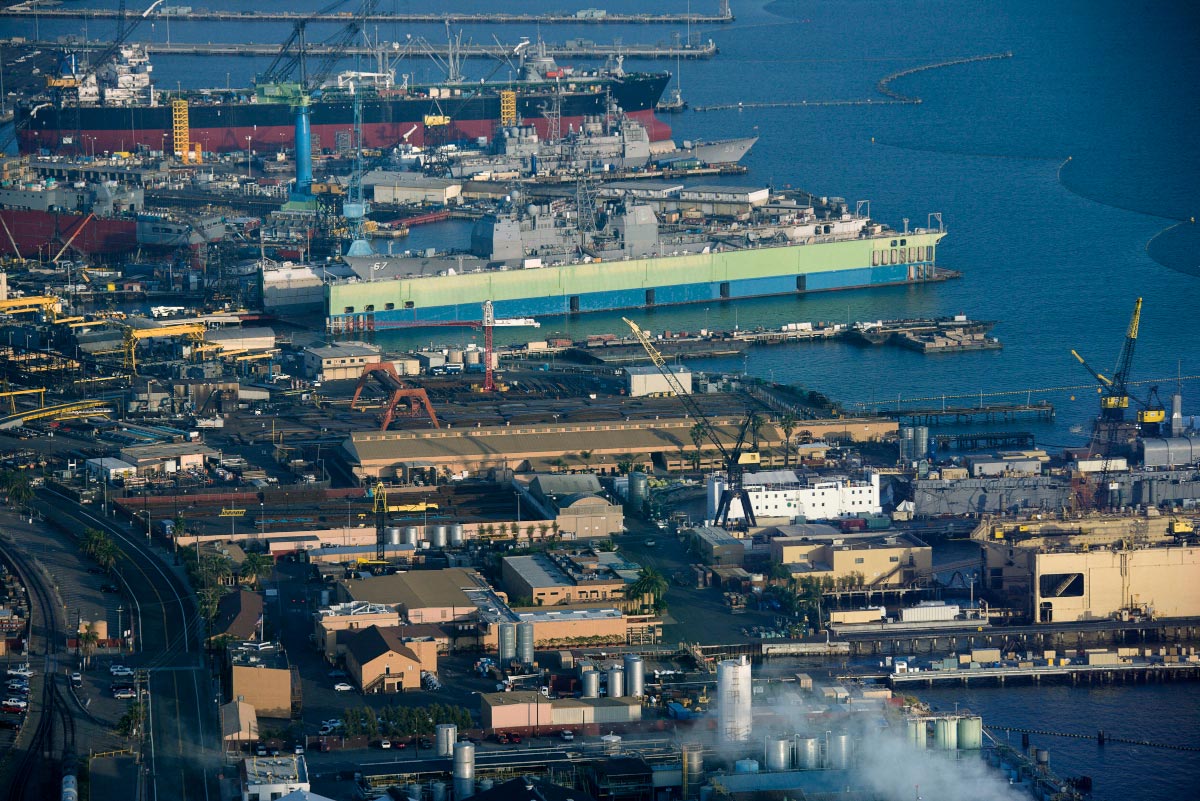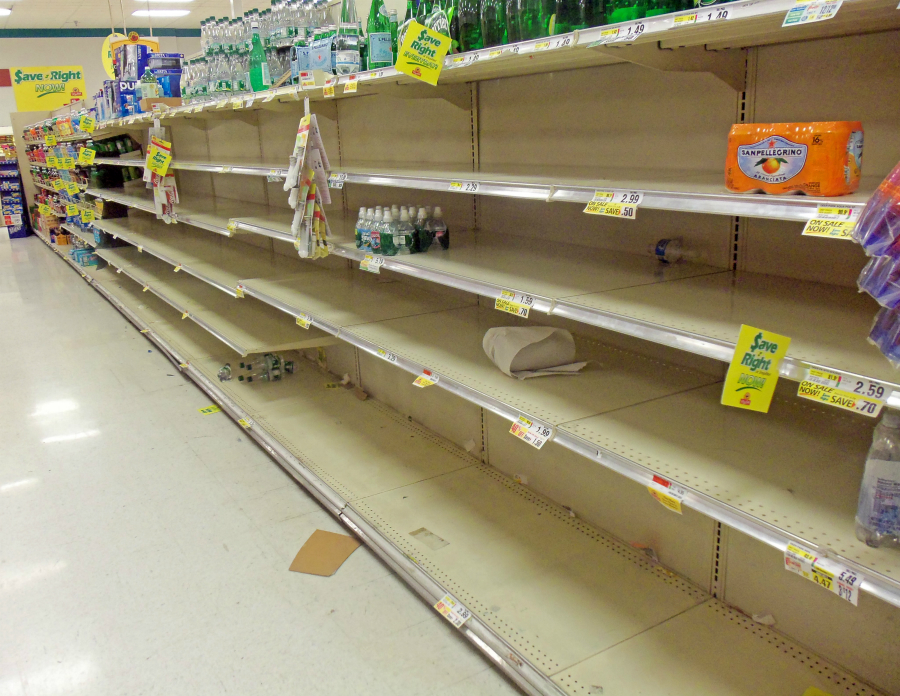HYPOCRISY: U.S. to INCREASE IMPORTS from Russia amid economic sanctions on Moscow
10/16/2023 / By Zoey Sky

According to recent data from the U.S. Census Bureau (USCB), the U.S. has increased imports of goods from Russia despite imposing widespread economic sanctions on Moscow.
The USCB report found that the volume of products imported from Russia in August went up by $56.4 million and amounted to $298.1 million. However, the figure is much lower compared to February, when imports reached $642.8 million.
Meanwhile, U.S. exports to Russia have continued to decline, going down from $35.6 million in July to $32.1 million in August.
Trade turnover declines following sanctions on Moscow
Trade turnover plunged after Washington imposed sweeping sanctions on Moscow in response to its military operation in Ukraine. (Related: RFK Jr. to enrich workers and protect American industries by passing tariffs on foreign imports.)
Last spring, the U.S. banned imports of Russian oil products, diamonds and seafood. The U.S. eventually placed additional tariffs on imports of Russian steel, aluminum products, rubber, wood and other goods. Because of this, U.S. imports of ferrous metals from Russia have declined to almost zero.
Sanctions are penalties imposed by one country on another in a bid to stop it acting aggressively or breaking international law. Sanctions are some of the harshest actions nations can take, short of going to war, and can be imposed at very short notice.
The U.K. is banning the import of diamonds from Russia. The U.S. announced similar plans to ban Russian diamonds in 2022 and the European Union (EU) has also announced plans to do so.
However, according to Hans Merket of the International Peace Information Service think-tank, most Russian diamonds are sent to countries like India to be polished. Once these diamonds are re-exported, it is often difficult to determine if they originally came from Russia.

Because of this, Merket explained that U.S. sanctions “have not been particularly effective.” One solution could be the use of laser inscriptions in diamonds, or 3D scans.
Western nations are trying to restrict Russia’s access to money. The EU, U.S., U.K. and Canada have all frozen assets of Russia’s central bank in their countries.
Major Russian banks have been removed from the international financial messaging system Swift, which then delayed payments for Russian oil and gas.
The U.K. has frozen the assets of other Russian banks and has banned Russian firms from borrowing money. Meanwhile, the EU has placed limits on the amount Russians can deposit at banks.
Western leaders have predicted that Russia’s economy would collapse. After the invasion of Ukraine and the first sanctions were imposed, prices skyrocketed and people took their money out of banks.
However, the International Monetary Fund suggests that Russia’s economy could actually grow by 0.7 percent in 2023.
According to the International Energy Agency (IEA), this is because Russia is exporting 8.3 million barrels of oil a day, the highest level since April 2020. The biggest importers are India and China.
The IEA also reported that Russia’s earnings from oil and gas exports fell to $8.1 billion a month in April 2023, from $22.5 billion due to the Western sanctions.
Russia to lift ban on seaborne fuel exports
Meanwhile, seaborne exports of Russian diesel will resume weeks after Moscow imposed an outright ban that increased energy prices globally.
In a statement released on Oct. 6, the Russian government confirmed that it “has lifted restrictions on exports of diesel fuel delivered to ports by pipeline.”
The unprecedented measure was introduced on Sept. 21 because of shortages in the domestic market that had Russians rushing at the gas pumps despite the country’s massive refining industry.
At the time, the Russian government announced that the temporary restrictions would help saturate the fuel market, in turn helping reduce prices for consumers.
With consumer prices limited by law, enterprising businesses have been sending more fuel abroad where it fetches far higher sums, at the expense of supplies in Russia.
To prevent these alleged “gray exports,” Russia will introduce a windfall tax of 50,000 rubles ($495) per ton on sales of petroleum products for resale.
According to a statement from Moscow, the government is ending the attempts of resellers to “purchase fuel in advance for subsequent export after the current restrictions are lifted.”
While countries such as India and Turkey have significantly increased their imports of Russian crude and their exports of refined fuel to the global market to skirt an EU ban on imports of Moscow’s fuel, the tightening of supply has seen oil prices approach the $100-a-barrel mark in recent weeks.
And while revenues from Russia’s critical oil and gas industry virtually halved earlier in 2023 because of Western sanctions and a G7+ fuel price cap, the flow of cash has increased in recent months, rising by at least 15 percent in September.
Go to RussiaReport.news for more articles about the oil trade.
Watch this video for more information about the U.S., Russia and China assuming nuclear testing within one year.
This video is from the Proforce channel on Brighteon.com.
More related stories:
Russia to resume foreign exchange purchases to boost currency reserves.
Russia to increase oil supplies to India under new deal.
US-EU price cap on Russian oil threatens India’s crude imports and economic growth.
Sources include:
Submit a correction >>
Tagged Under:
Bubble, Census Bureau, currency crash, currency reset, dollar demise, economic sanctions, finance riot, foreign currency, hypocrisy, Imports, market crash, money supply, Moscow, petrodollar, risk, ruble, Russia, Russia-Ukraine war, Western sanctions
This article may contain statements that reflect the opinion of the author
RECENT NEWS & ARTICLES
COPYRIGHT © 2017 COLLAPSE.NEWS
All content posted on this site is protected under Free Speech. Collapse.news is not responsible for content written by contributing authors. The information on this site is provided for educational and entertainment purposes only. It is not intended as a substitute for professional advice of any kind. Collapse.news assumes no responsibility for the use or misuse of this material. All trademarks, registered trademarks and service marks mentioned on this site are the property of their respective owners.



















